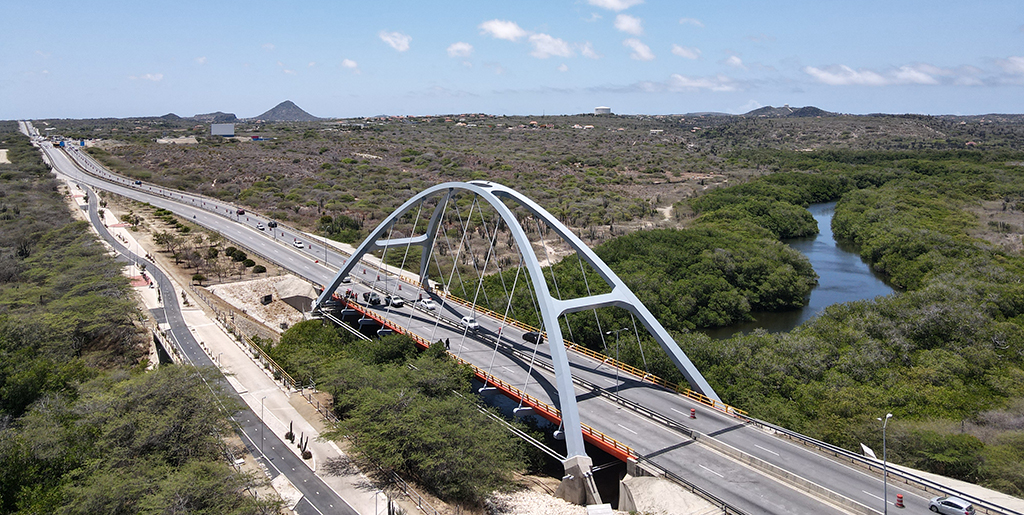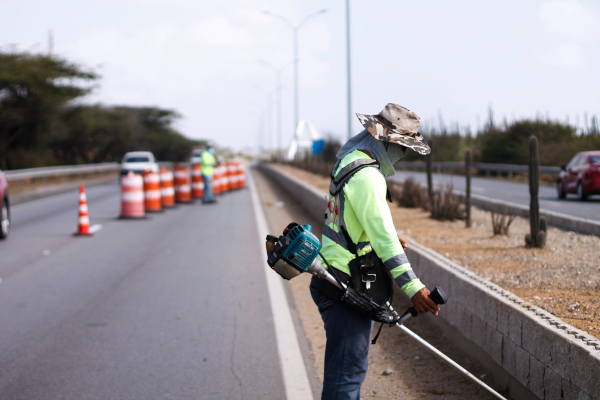Pivoting the road to the future of Aruba

Since the nineteen hundreds the population of Aruba has increased from around 10,000 to over 100,000 (2016) with the visiting tourist population 1.4 million per year during that time, and since 2019 a tourist population of around 2 million tourists a year.
“The use of space and impact on the environment have become growing sources of concern.”
Due to the surge in prosperity, there has been a significant increase of the number of cars: car ownership is currently estimated to be 550 vehicles per 1000 inhabitants. Road transport infrastructure spatial planning, however, did not keep up. On certain routes traffic congestion became a regular phenomenon. In general, the lack of adequate spatial planning resulted in a fragmented development pattern and a corresponding widespread and dense road network. Extensive use of space, high maintenance costs, poor road quality, loss of nature, paucity of public transport, and lower quality of living standards are some of the negative effects. Since Aruba is a relatively small island (area of ca. 180km2), the use of space and impacts on the environment have become growing sources of concern. Improving the existing road infrastructure was often a topic on the political agenda, but it failed to become a national policy due to lack of financial resources.
“Promote sustained, inclusive and sustainable economic growth”
One of the main objectives of the Green Corridor project is to improve the traffic flow and shorten travel time. The Green Corridor project connects with 5 of the United Nations Sustainable Development Goals; such as Goal 3: ensure healthy lives and promote well-being for all at all ages; Goal 8: promote sustained, inclusive and sustainable economic growth, full and productive employment and decent work for all; Goal 9: build resilient infrastructure, promote inclusive and sustainable industrialization and foster innovation; Goal 11: make cities and human settlements inclusive, safe, resilient and sustainable; Goal 15: protect, restore and promote sustainable use of terrestrial ecosystems, sustainably manage forests, combat desertification, and halt and reserve land degradation and halt biodiversity loss. There were several challenges that had to be faced before the Green Corridor project could come to development and be completed. Challenges such as to how to resolve the lack of local expertise, how to finance the project, what are the social and environmental impacts on the project etc. Fortunately, we were able to surpass these challenges and initiate the construction of the Green Corridor Project in the third quarter of 2017.
Maintenance Activities

- Pavement Repairs
- Painting of Discontinued Lines
- Painting of Lateral Lines
- Markings at Roundabout
- Pruning
- Cleaning

